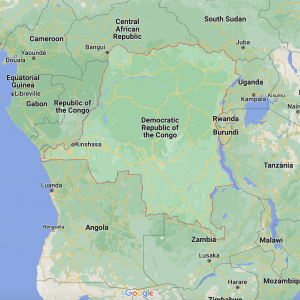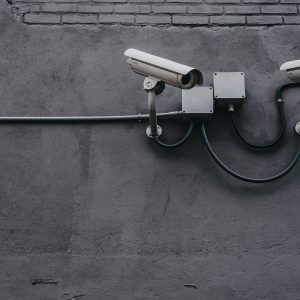11th-century Islamic astrolabe highlights cross-cultural history
Astrolabe from Muslim Spain discovered in Verona sheds light scientific exchange
VERONA, Italy (MNTV) – The recent discovery of an 11th-century Islamic astrolabe in Verona, Italy, has captivated historians and scientists, showcasing the intellectual exchanges of medieval civilizations.
Astrolabes, often referred to as the “smartphones” of their time, were versatile instruments used for calculating time, tracking stars, and even aiding in religious practices.
This artifact, now called the “Verona astrolabe,” represents a confluence of Islamic, Jewish, and European knowledge.
The astrolabe was found in the Fondazione Museo Miniscalchi-Erizzo and studied by Dr. Federica Gigante of Cambridge University.
She first noticed its image online and initiated a detailed examination.
“The museum hadn’t analyzed it in depth,” Dr. Gigante said, adding that it has since become the most significant item in the museum’s collection.
Her in-person inspection revealed finely engraved Arabic inscriptions and faint Hebrew script, visible only under specific lighting. “At first, I thought I was imagining it,” she shared.
“But the more I looked, the more I saw. It was exhilarating.”
Dr. Gigante traced the astrolabe to 11th-century Andalusian Spain.
Inscriptions and design features tied it to Toledo, a hub of intellectual exchange during Muslim rule.
One side of its plate corresponds to Cordoba’s latitude, while another references Toledo, both major cultural centers.
The instrument’s craftsmanship is credited to an individual named Isḥāq (Isaac), with further work by Yūnus (Jonah), indicating possible Jewish involvement.
The astrolabe’s design includes features aiding Muslim prayer schedules, reflecting its religious utility.
An additional plate, added later, marked North African latitudes, suggesting its use extended to regions like Morocco and Egypt.
Unique to this astrolabe are Hebrew inscriptions added over time.
Some are carefully engraved, while others appear hastily scratched, reflecting its journey from Spain and North Africa to Jewish communities in Italy.
These additions suggest the object’s use by Italy’s Jewish diaspora, where Arabic knowledge waned, and Hebrew became the preferred language.
Dr. Gigante linked these modifications to Abraham Ibn Ezra, a 12th-century Jewish scholar from Verona, who wrote extensively about astrolabes.
His writings emphasize verifying instruments for accuracy, aligning with the artifact’s use in the Jewish community.
Corrections in Western numerals, likely added in Verona, attempted to adjust latitude values but introduced errors.
For example, a correction near Medinaceli’s latitude is inconsistent with the original, more accurate Arabic values.
“This illustrates how knowledge transfer wasn’t always precise,” Dr. Gigante noted.
Legacy and significance
The astrolabe’s rete—a perforated disk mapping the stars—is among the earliest examples from Spain. Its precise star positions confirm its medieval origins and highlight the advanced astronomical knowledge of its creators.
By the 17th century, the astrolabe entered the collection of Ludovico Moscardo, a nobleman from Verona, and later became part of the Miniscalchi family museum.
“This object embodies Islamic, Jewish, and European histories,” Dr. Gigante concluded.
“Its story transcends cultures and borders.”
Astrolabes, originating around 150 BCE, evolved significantly during the Islamic Golden Age.
They served purposes ranging from astronomical calculations to religious applications, such as determining prayer times and the qibla.
Admired for their intricate design, astrolabes symbolize early scientific ingenuity and the enduring legacy of cross-cultural knowledge.










